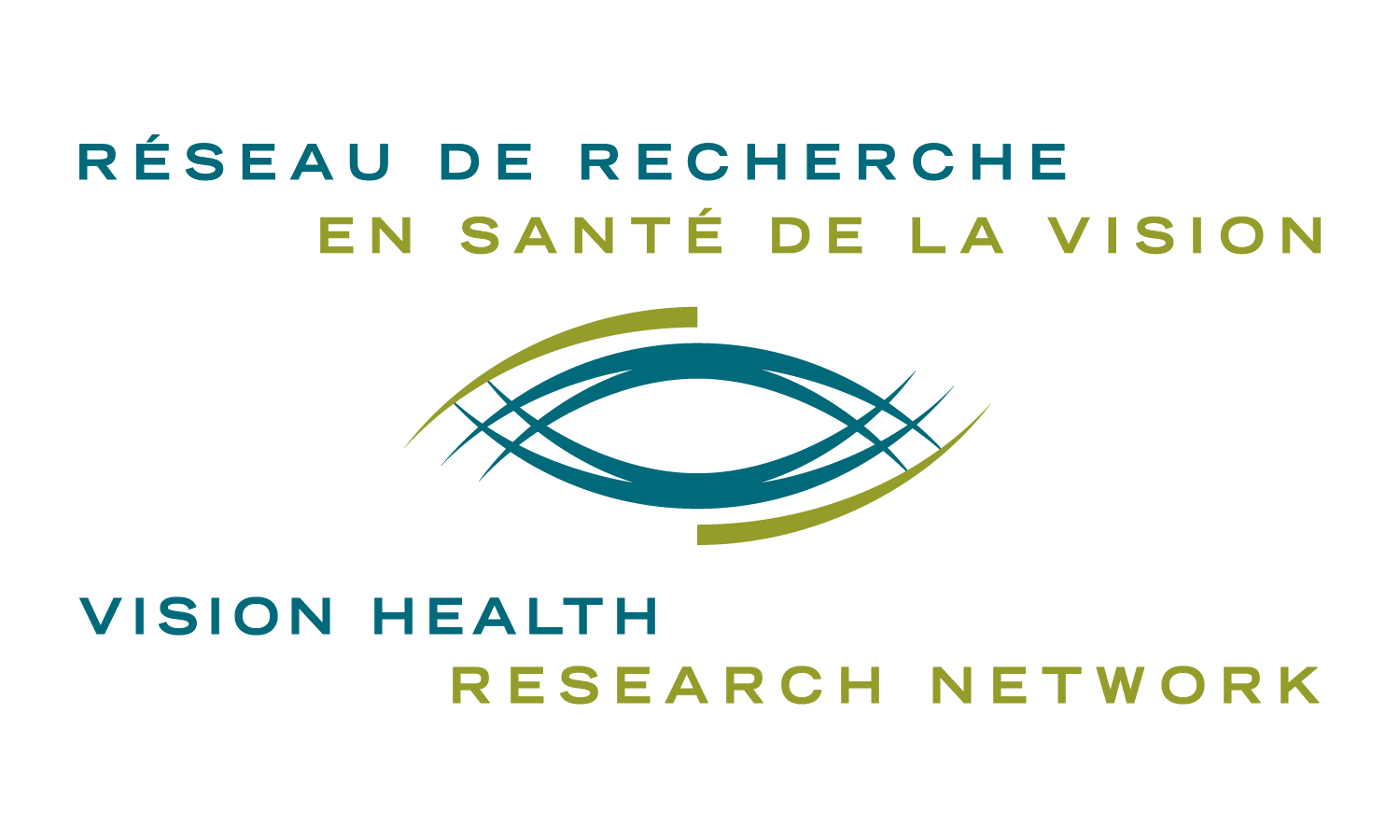Ruben Marin Juez, Ph. D.
Professeur sous octroi adjoint
Département de pathologie et biologie cellulaire, Faculté de médecine, Université de Montréal
Centre de recherche du CHU Sainte-Justine
Université de Montréal
Montréal, Québec, CANADA
courriel: ruben.marin.juez@umontreal.ca
Biographie / Biography
Dr. Rubén Marín Juez obtained his Ph.D. at the University of Barcelona (SP), where he investigated with Dr. Josep Planas the role of the glucose transporters GLUT2 and GLUT4 in homeostasis and development. Next, he did a postdoc in the group of Prof. Herman Spaink at Leiden University (NL). He developed high throughput pipelines for compound testing using zebrafish and studied how metabolism regulates immunity and cardiac development. His postdoctoral training was completed in the laboratory of Prof. Didier Stainier at the Max Planck Institute (DE). Using the zebrafish model, he identified the hitherto unappreciated phenomenon of fast angiogenic revascularization during heart regeneration. His studies revealed that, besides their role as a transport system, coronary vessels are involved in the regulation of cardiomyocyte proliferation and scarring. Moreover, he found that the regenerated coronary network serves as a vascular scaffold available for cardiac muscle to replenish the lost tissue. Dr. Marín Juez was recruited in 2021 as a P.I. at the CHU Sainte-Justine Research Center and as an assistant professor in the Department of Pathology and Cellular Biology at the University of Montreal.
***
Résumé/Abstract
Titre: Coronary Angiocrines to Stimulate Heart Regeneration
Alterations in coronary network formation and deficient perfusion of the cardiac muscle lead to myocardial injury and dysfunction. Efficient revascularization after cardiac damage is essential to support tissue repair and limit scarring. Contrary to the non-regenerative adult human heart, the zebrafish heart exhibits a remarkable ability to regenerate. The injured zebrafish heart activates a rapid and efficient coronary revascularization response.
We found that regenerating coronaries form a vascular scaffold that supports cardiomyocyte replenishment. Transcriptomic analyses of coronary endothelial cells allowed us to identify angiocrine factors regulating different aspects of cardiac regeneration.
Our results highlight the importance of coronaries during heart regeneration beyond their role as a transport system and identify pro-regenerative angiocrines. Simulating these processes in the injured mammalian heart should help its healing.


